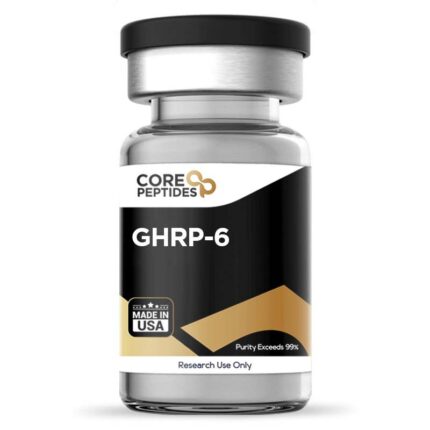

Gonadorelin (GnRH) (10mg)
$120.00 Original price was: $120.00.$90.00Current price is: $90.00.
Size: 10mg
Contents: Gonadorelin (10mg)
Form: Lyophilized powder
Purity: >99%
SKU: P-GONADRLN-10
FREE Shipping on $200+ orders
| Quantity | Discount | Price |
|---|---|---|
| 5 – 8 | 5% | $85.50 |
| 9 + | 10% | $81.00 |
Gonadorelin Peptide
Gonadorelin is the synthetic version of the naturally occurring gonadotropin hormone-releasing hormone (GnRH). GnRH is considered to be a major regulator in the secretion of gonadotropins, i.e. follicle-stimulating hormone (FSH) and luteinizing hormone (LH), both of which are considered to manage and regulate the endocrine functioning and maturation of the gonads.(1)
Gonadorelin is a synthetic peptide composed of ten amino acids, all joined to one another in a sequential form.(2) Gonadorelin is structurally similar to the endogenous GnRH.(3) Structurally identical to the endogenous GnRH hormones, Gonadorelin has been dubbed a GnRH agonist by researchers and exhibits some potential in regulating the levels of gonadotropins and maintaining regular reproductive functions.(2)
Overview
The peptide has been suggested to stimulate the synthesis and release of gonadotropins, the luteinizing hormone, and the follicle-stimulating hormone by possibly stimulating the GnRH receptors in the anterior pituitary gland cells.(4) This is mainly the reason why Gonadorelin is referred to by researchers as a “GnRH agonist,” as it may possibly induce the same action as GnRH.
Researchers have also suggested that excessive exposure to Gonadorelin may induce the opposite action – namely, the downregulation of GnRH receptors at the pituitary gland. This peptide hormone binds to the receptors, which, for a short period, may at first stimulate the secretion of the gonadotropins. Eventually, scientists believe the receptors become less sensitive towards this peptide, aka downregulation of the receptors, which then reversibly inhibits the release of luteinizing hormone (LH) and follicle-stimulating hormone (FSH).(4) Research on this peptide and other GnRH analogs are underway, and several research hypotheses have been presented, which may be summarized thus:
- Gonadorelin may help researchers meter hypothalamus and pituitary gland functions;
- It may possibly induce ovulation;
- It may be a potential anticarcinogenic agent;
- It may reduce the likelihood of neurological deterioration.
All of these hypotheses are under examination in ongoing scientific research.
Chemical Makeup
Molecular Formula: C55H75N17O13
Molecular Weight: 1182.31 g/mol
Other Known Titles: Growth Hormone Releasing Factor, Somatocrinin, Somatoliberin
Research and Clinical Studies
Gonadorelin Peptide and Post-Cycle Recovery
Exogenous androgens may potentially suppress the function of the hypothalamic-pituitary-gonadal (HPG) axis, which is considered to form between the structures of the hypothalamus, the pituitary gland, and the gonads. For example, exogenous androgens are suggested to mediate negative feedback to the pituitary gland, thereby suppressing the release of LH and FSH. Once the exposure to exogenous androgens has ceased, HPG may slowly recover, but Gonadorelin may offer a potential mechanism to speed up the process. For example, one study reported exogenous androgen exposure, which led to LH and FSH being suppressed to less than 0.5 IU/L while endogenous testosterone produced by testicular cells was down to 4.5 nmol/L. Short exposure to Gonadorelin resulted in apparent increases up to 7.9 IU/L for LH, up to 2.4 IU/L for FSH, and 13.3 nmol/L for endogenous testosterone. Moreover, these improvements were apparently sustained for over 12 months without further exposition to the peptide.(5)
Gonadorelin Peptide and Testicular Function
Studies have investigated the potential of intermittent Gonadorlein exposure on the HPG axis, which may mimic the natural synthesis of GnRH and its action on the pituitary cells. In particular, this scenario was studied in models of hypothalamic dysfunction, where the production of native GnRH appeared to have been disturbed. Researchers have shared that Gonadorelin may effectively ” kick-start” the HPG axis in such scenarios, which involves sequential stimulation of the pituitary gland cells to synthesize LH and FSH, and then the testicular cells to produce androgens. They comment that intermittent exposure to the peptide for 5 to 6 months may ultimately result in successful spermatogenesis. This process appears to be highly dependent on the endogenous production of testosterone by testicular cells.(6)(7)
Further research has also suggested that Gonadorelin may help facilitate the descent of the testes, which is considered a part of the development of the HPG axis. Researchers posit that the peptide may have roughly 40% success rate at inducing such processes, related to the maturation of the HPG axis and testicular structures in particular.(8)
Gonadorelin Peptide and Cancer Cells
Research in cancer cell proliferation in both clinical and animal studies suggests that excessive exposure of breast cells to mitogens, namely estrogen and progesterone, may increase the risk of their transformation into cancer cells. Potentially blocking the action of these mitogens, thereby reducing the exposure of the healthy cells to them, may reduce the risk of cancer development.(9) Researchers suggest that GnRH agonists such as Gonadorelin may exhibit some potential in mitigating the action of mitogens in healthy cells. Studies(10) examining research models of high testosterone, a marker for hyperandrogenemia (a condition characterized by excessive androgen synthesis), are at higher risk of developing breast cancer. The source of androgen, and thereby the potential source of breast cancer, may possibly be counteracted with GnRH analogs, as researchers are hypothesizing that the peptide may induce a reduction in the substrate for estrogen synthesis but may not necessarily inhibit the synthesis of estrogen completely.
Researchers have also explored the potential of Gonadorelin in experimental studies intended to inhibit the production of luteinizing hormones. The researchers suggested that due to the potential for downregulating GnRH receptors, the peptide may lead to a decline in the production of testosterone and dihydrotestosterone. The development of carcinogenic cells from prostate cells may depend on these testosterone levels, which the exposure to GnRH analogs such as Gonadorelin might inhibit.(11)
Gonadorelin Peptide and Spermatogenesis
In a clinical trial,(12) seven male test subjects were presented with a GnRH analog similar to Gonadorelin every day for up to 16 weeks and a compound of testosterone enanthate bimonthly (a form of TRT). Basal serum follicle-stimulating hormone, luteinizing hormones, and testosterone levels were monitored throughout the study period. Between 14 to 16 weeks, it was noted by the researchers that the average sperm count in the test subjects had reportedly reduced by an average of 93%, also causing azoospermia in three of the subjects, which is characterized by a complete absence of sperms in the ejaculate. Subsequently, once the study was completed, the average sperm count returned to normal, indicating that the possible action of the peptide hormone may be reversible and act as a temporary contraceptive (when combined with TRT).
Gonadorelin Peptide and Neuroprotection
Research(13) has suggested that luteinizing hormones may have some impact on the brain, primarily the hippocampus, which is the memory center of the brain, and in some scenarios, may possibly induce some dysfunction. These researchers posited that one way of mitigating neurological dysfunction might be to block the production and release of luteinizing hormones, which may potentially be achieved through the introduction of GnRH analogs such as Gonadorelin. Testosterone has also been studied by scientists for its potential to preserve memory function and may be beneficial to brain function. Hence, inhibiting the entire gonadal axis may not be fully beneficial. This is why GnRH, which researchers suggest only induces selective inhibitory action on luteinizing hormones, may exhibit potential in future research studies.(13)
Gonadorelin Peptide and Diagnostics
In this clinical study,(14) the synthetically developed peptide Gonadorelin was presented in 11 female test subjects during the middle of the follicular phase of the menstrual cycle. All subjects exhibited an apparent increase in the basal levels of gonadotropins following peptide presence. In addition, 10 test subjects with amenorrhea were presented with the peptide. Amenorrhea is characterized by a lack of menstruation. After the study, researchers reported that basal levels of gonadotropins, particularly the luteinizing hormone levels, appeared to increase in the short term but remained steady in the long term. This study suggested that Gonadorelin’s potential pituitary secretion of luteinizing hormones and follicle-stimulating hormones may not depend on the basal levels of these hormones. However, it may depend on the functioning of the hypothalamic and pituitary axis.


MAECENAS IACULIS
Vestibulum curae torquent diam diam commodo parturient penatibus nunc dui adipiscing convallis bulum parturient suspendisse parturient a.Parturient in parturient scelerisque nibh lectus quam a natoque adipiscing a vestibulum hendrerit et pharetra fames nunc natoque dui.
ADIPISCING CONVALLIS BULUM
- Vestibulum penatibus nunc dui adipiscing convallis bulum parturient suspendisse.
- Abitur parturient praesent lectus quam a natoque adipiscing a vestibulum hendre.
- Diam parturient dictumst parturient scelerisque nibh lectus.
Scelerisque adipiscing bibendum sem vestibulum et in a a a purus lectus faucibus lobortis tincidunt purus lectus nisl class eros.Condimentum a et ullamcorper dictumst mus et tristique elementum nam inceptos hac parturient scelerisque vestibulum amet elit ut volutpat.
Related products
ABP-7 (10mg)
ARA-290 (16mg)
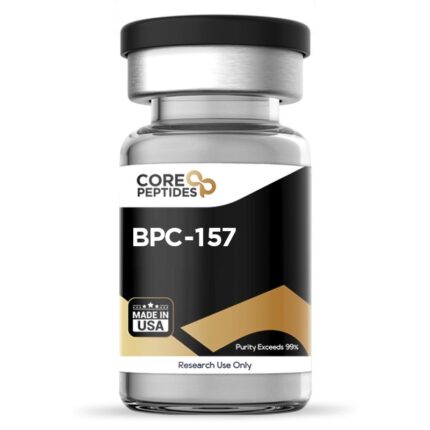


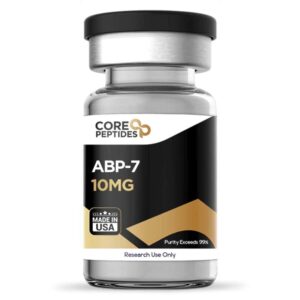
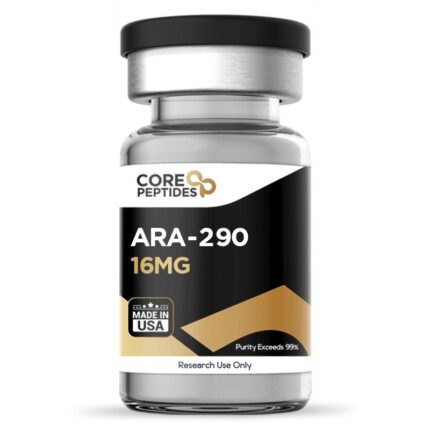
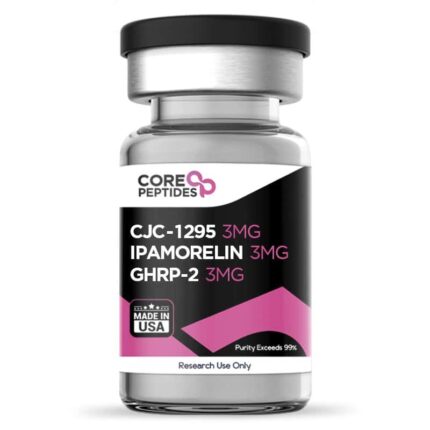
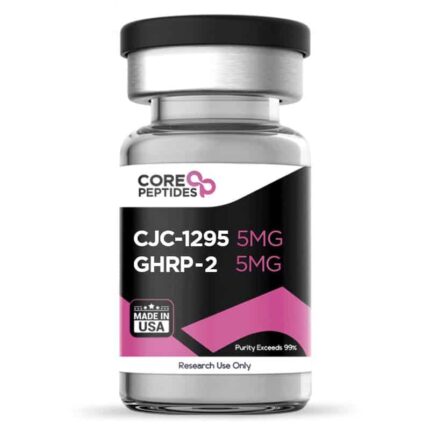
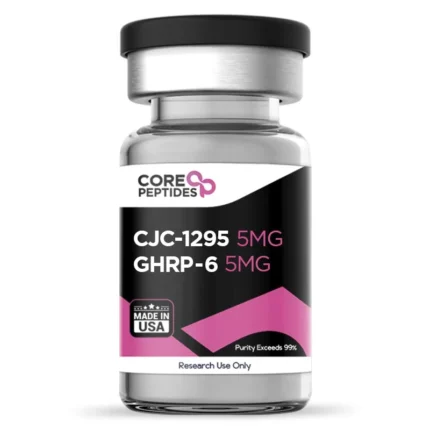
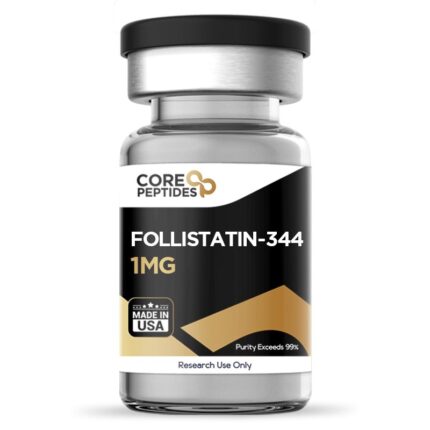

Reviews
There are no reviews yet.